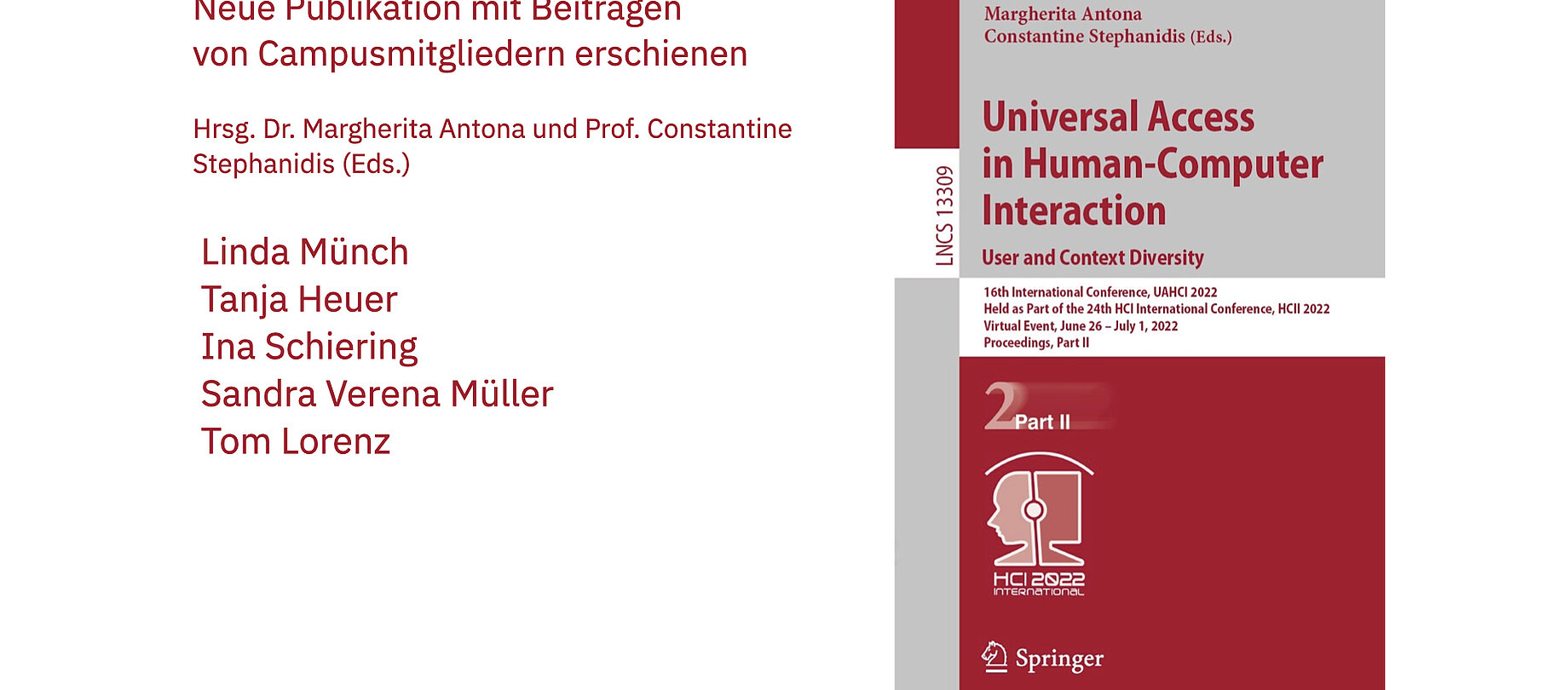
Accessibility Criteria for an Inclusive Museum for People with Learning Disabilities: a Review. Universal Access in Human-Computer Interaction. User and Context Diversity
The paper ‘Accessibility Criteria for an Inclusive Museum for People with Learning Disabilities: a Review’ was published in the conference proceedings publication ‘Universal Access in Human-Computer Interaction. User and Context Diversity’, by Springer Verlag on 16 June 2022.
‘This review strives to collect, contrast, and systematize criteria for an inclusive museum for people with learning disabilities contained in guidelines and scientific publications. The aim is to provide an overview of relevant criteria and information for museums to improve access for people with learning disabilities. In addition, the paper will examine the extent to which people with learning disabilities are involved in the development of guidelines or research into accessibility requirements. A literature review was conducted to identify relevant accessibility criteria for people with learning disabilities. The review highlights the fact that scientific publications focus on exhibits that take the needs of people with learning disabilities into consideration, whereas guidelines propose more general actions and measures. The guidelines identify many access preferences for people with learning disabilities, although many of these criteria do not yet appear to be universally accepted, in part because not all criteria are included in all guidelines and some criteria only appear in one set of guidelines. The small number of relevant guidelines and scientific publications identified in this review signifies that people with learning disabilities are still not fully considered within the museum context. The importance of participatory research approaches is emphasised but has not generally been implemented. There is a need for further, participative, research that focuses on access preferences and the specific needs of people with learning disabilities. The development of guidelines should be accompanied by scientific studies, and research projects should pursue more participatory research approaches. Furthermore, the benefits of digital assistive technologies as mediation media should be examined in more detail in future works’.
Click here for the publication: link.springer.com/chapter/10.1007/978-3-031-05039-8_27






